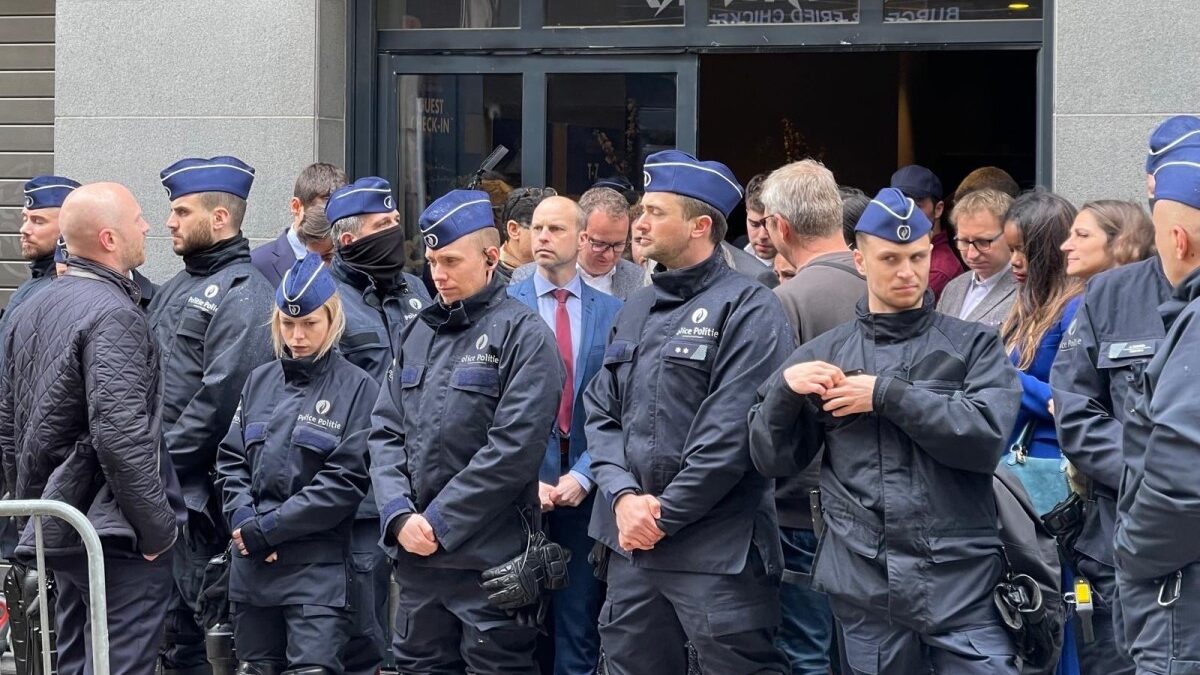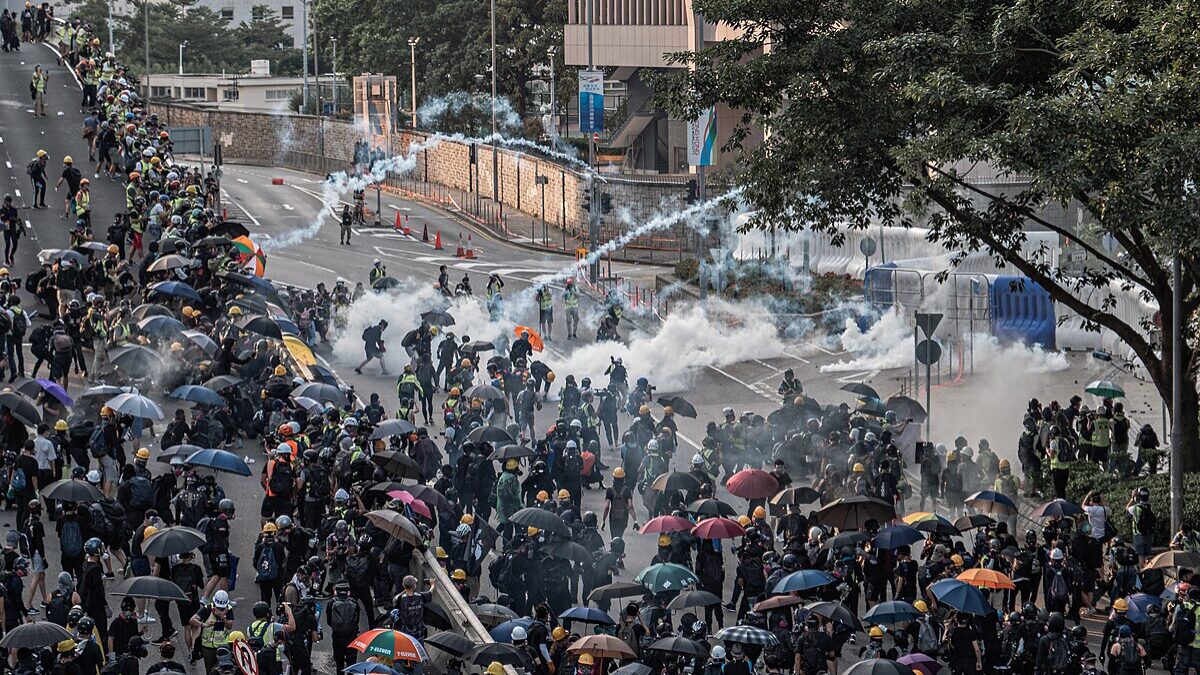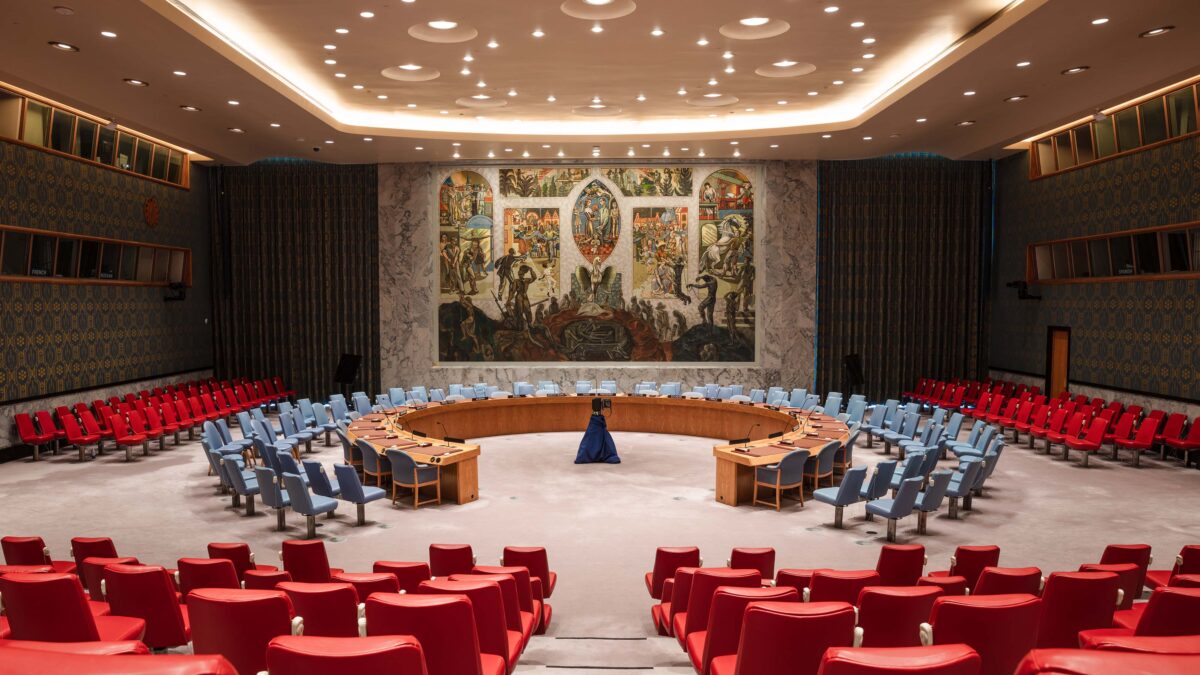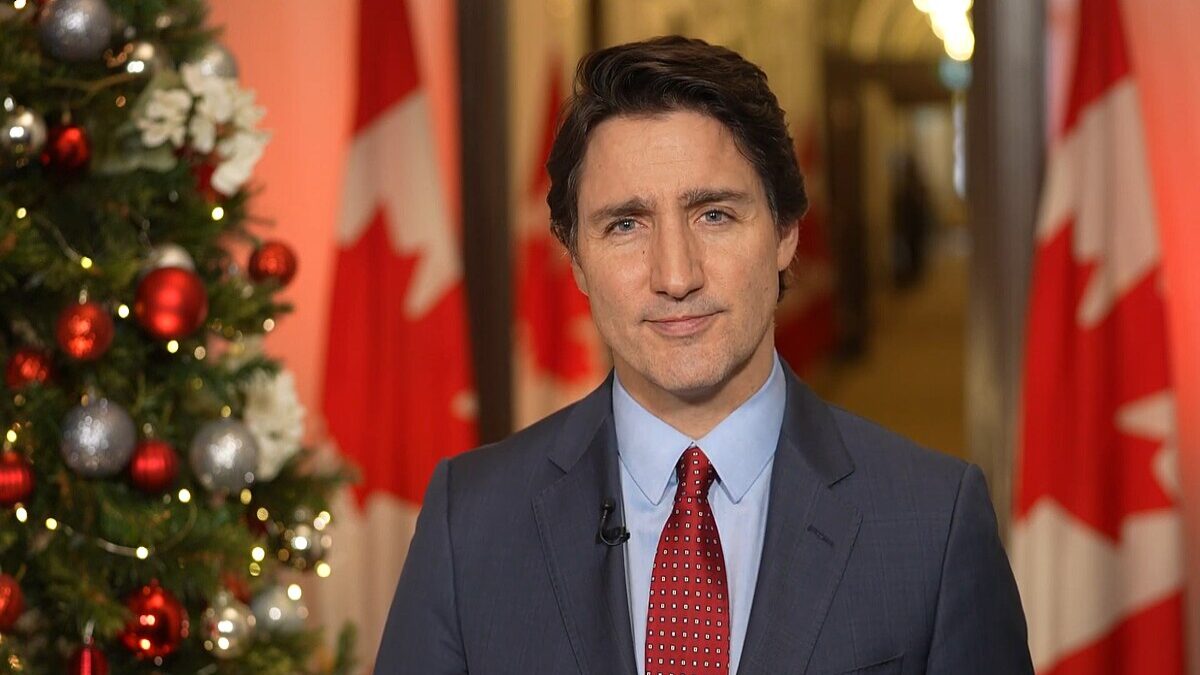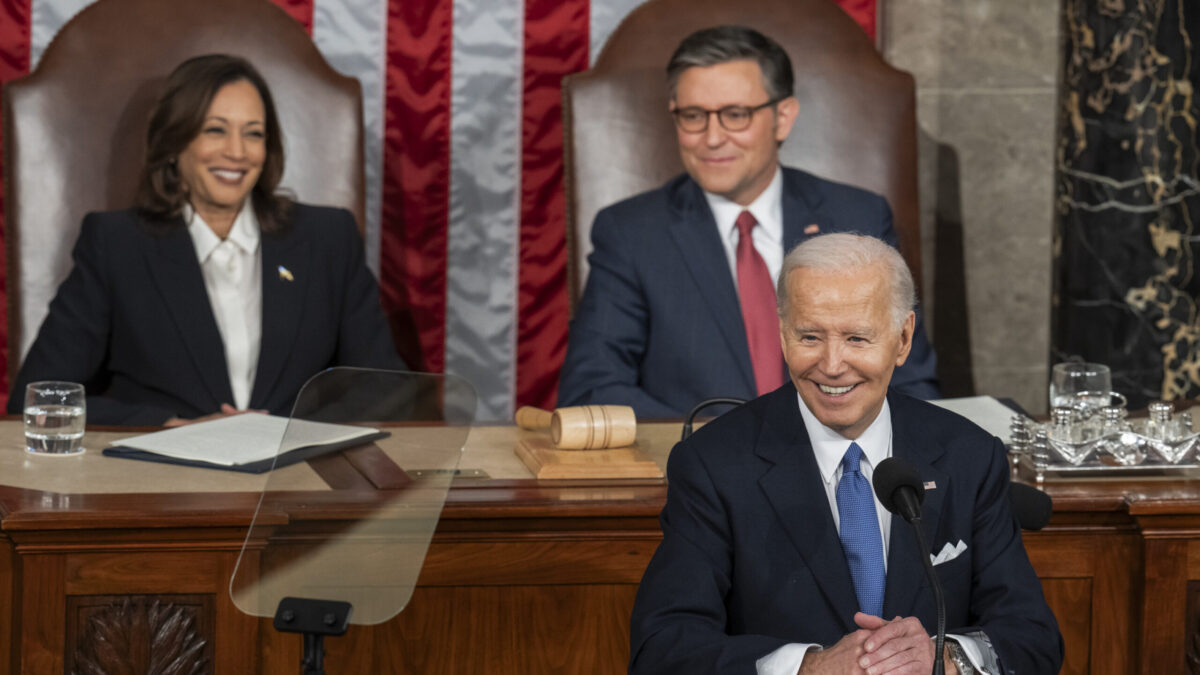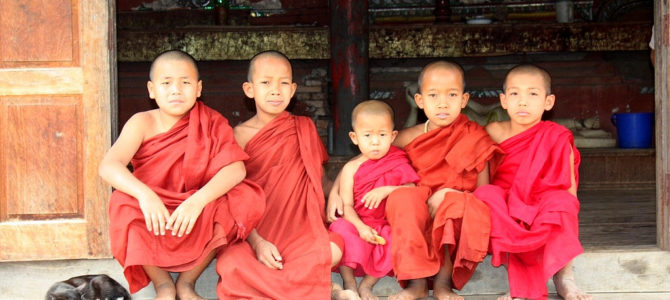
The Kashimiri pandits are known for their dark humor, quite similar to Soviet dissidents during the 1980s. Pandits say when there is an Islamist minority, they go on TV and demand human rights against genocide. When there is an Islamist majority, there are no human rights.
For the uninitiated, Kashmiri pandits are Hindu minorities who used to live in the northern Indian side of Kashmir, bordering Pakistan up until the late 1980s. The state of Kashmir is a point of contention ever since India and Pakistan got independence from the British, with both claiming it. During the 1980s, and after three lost wars, the Pakistani government understood that there’s no military solution to Kashmir and no possibility to win or capture the Kashmir region from a mightier Indian conventional army.
Pakistan then started to supply arms to the jihadist groups in Kashmir. That morphed into an insurgency, which led to the severely underreported ethnic cleansing where thousands of Hindus were killed and raped in the region, leading to hundreds of thousands of them fleeing deeper into Indian heartland. India in the 1980s was incapable of dealing with such early instance of jihadist violence and hybrid warfare, especially with a porous Himalayan border and steady stream of Islamists and sophisticated arms pouring in. As a result, the demographics of the region changed permanently, and we now have one of the most intractable geopolitical conflicts of the region.
This brings us to the latest flare-up of the historic Rohingya problem in Myanmar. Recently, violence has flared up in the northern Rakhine region of Myanmar, where government forces are battling an Islamist insurgency with the Rohingya Muslims. Needless to say, the government forces of Myanmar are extremely brutal, although in the fog of war accusations of genocide and massacres are often uncorroborated, with zero independent media sources present in the field. Nonetheless, it is an important problem, precisely because with the collapse of ISIS, Islamists are now returning back to their home countries, with a bunch now back in Philippines waging a war against the Filipino government.
The Narrative Is One-Sided
However, a quick glance through the media would show the lament of the liberal interventionist ideologues in full force, presenting a one-sided narrative of persecuted Muslims. Reality is rather more complicated. The Guardian and Al Jazeera weep that this is a crime against humanity, as CNN joins the Taliban, Turkey and Ramzan Kadyrov in denouncing “a massacre” going on in Myanmar, almost completely ignoring that this is a vicious, both-sided conflict.
Some random creative writer and blogger in Huffington Post even advocated a humanitarian intervention to bring “justice” to the Rohingya. Others took to Twitter to signal their virtue, and suggest to the standard fallback option of taking in thousands of refugees.
Let us forget for a moment the puerile fantasy that there will be a Western-led military and humanitarian intervention in Myanmar, backed by a United Nations mandate. While superficially similar, Myanmar is not the Balkans in the early ‘90s. Myanmar borders both India and China, two nuclear armed states, the former an ally of the west, and the latter a geopolitical adversary. Both the powers have strategic and military interest and ties with Myanmar, and both suffer from regular Islamist insurgency, thereby naturally aligning themselves to Myanmar.
None of them are like a weakened impotent Russia in the early nineties, and the idea that it is possible to overstep their interests right in their backyard is frankly juvenile. Let us also momentarily ignore that there are zero Western geostrategic interests in Myanmar other than those which are purely humanitarian, and therefore defy strategic logic.
The history of humanitarian interventions, direct military actions, and nation-building from Iraq to Libya, or through armed proxies in Syria, ended in costly stalemates, or worse in the destruction of an entire North African coastline, which turned into a hub of human trafficking and terrorism. It is therefore highly unlikely that there will be any Middle East-type military solution to this crisis. The bigger question is, is the media narrative regarding Rohingya nuanced enough for discussion? And why are liberal interventionist ideologues suddenly so hysteric about this one particular problem?
The False Narrative of Anti-Rohingya Violence
The history of the Rohingya is not as one-sided as the current media portrayals suggest. The Rohingya are descendants of the Afghan Pathan and Indian Bengali Muslims from the Mughal period. The history of persecution isn’t one-sided either. The animosity goes back to the time of the last Mughals, when Shah Shuja fled to Arakan with his defeated army, then tried to take over the Arakan (Rakhine) kingdom, which was then primarily Buddhist and Hindu, in the seventeenth century.
In the nineteenth century, the British resettled hundreds of thousands of Muslims to Burma for cheap labor, destroying the delicate demographic balance in the Rakhine region. In the 1940s, there were massive anti-Buddhist violence committed by Rohingya calling themselves Mujahideens. Around 50,000 Buddhists were butchered in cyclical violence, around the same time ethnic cleansing was taking place in the great Calcutta killing. All that has resulted in a historic distrust between communities which lasts to this day, not just in Myanmar, but also in the far eastern parts of India.
Ask anyone in eastern Indian states or in Thailand or Burma, and you will get a very different picture of the problem. In modern times, the Rohingya jihad started in around the 1970s and was successfully quashed by the Burmese military, in one of the rare incidents of a successful COIN operation, which resulted in a decade and half of relative peace. This latest crisis is also a brutal reaction to the Rohingya jihadists launching attacks on Burmese policemen, a fact increasingly lost in the repeated argumenta ad passiones in Western media. The Buddhists in Myanmar have seen what fate befell Kashmiri pandits in India and Coptic Christians in Egypt.
For liberals, though, it is all about optics. With the jihadist violence snowballing into an insurgency in Europe alongside the hopelessness and inevitable failure of the Arab Spring and the growing anti-Islamist sentiment across Europe, liberals in the media and academia were on the lookout for another good global battle. Nothing rejuvenates the interventionists and institutionalists as another utopian noble cause, and the Rohingya provide another ultimate opportunity to signal virtues and bolster internationalist credentials that are under question following the recent setbacks.
That is also the same reason why San Suu Kyi, a veritable hero of democracy, suddenly is a figure of villainy. As Peter Hitchens pointed out in 2003, Milosevic was a hero to the Left before he turned nationalist. Suu Kyi, who finally managed to change Myanmar from a junta, led hell to a chaotic and nascent democracy. She understands what our liberal idealist internationalist elites refuse to accept, and is channeling the nationalist majority opinion of her countrymen.
It is about time the debate about Rohingya in the West is more balanced as well. There are no viable options for the West in Myanmar, and sometimes realpolitik and buck-passing is the hardest and right thing to do.


